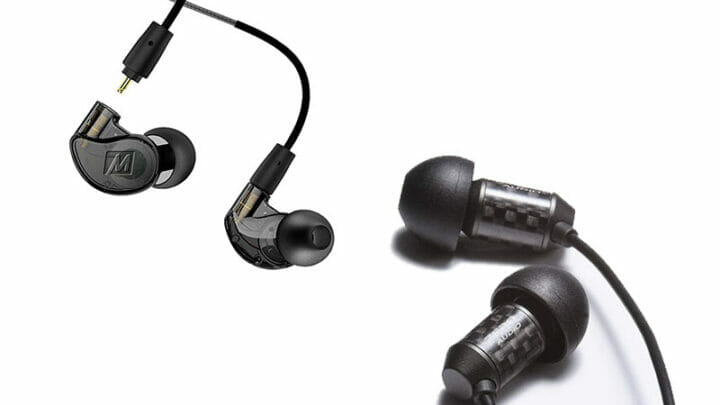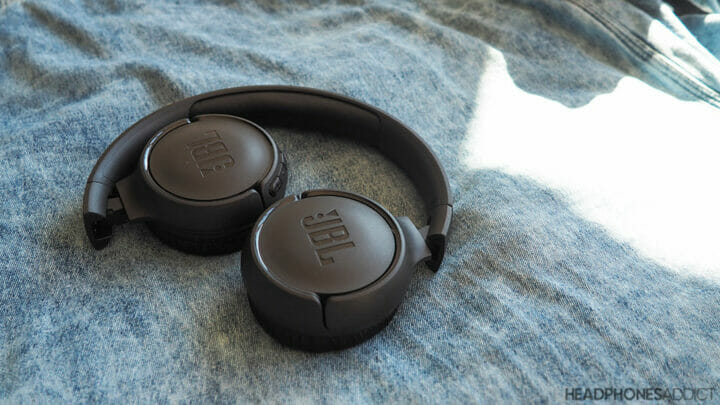You’re not wrong. Headphones have been getting more expensive. The average price of headphones has increased almost 100% in the last 5 years.
Let’s discuss why:
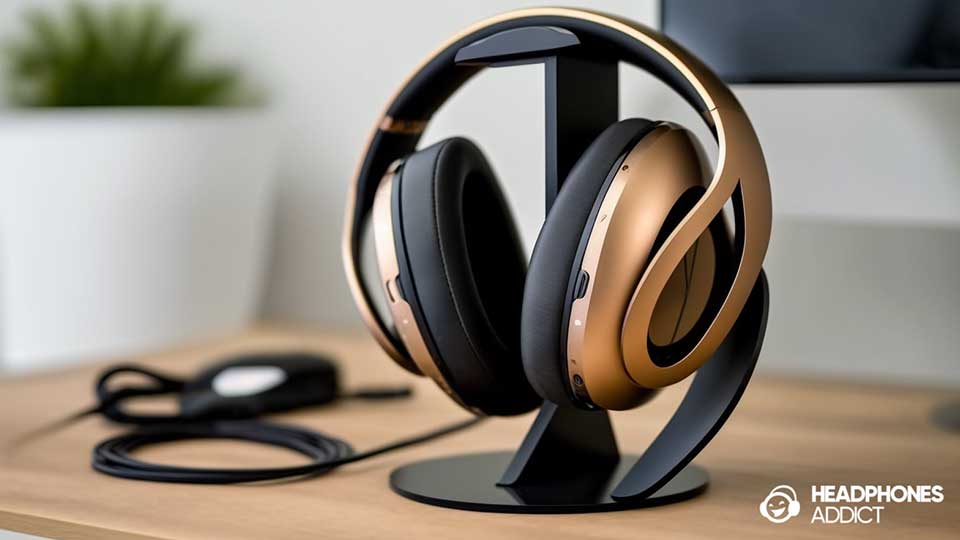
The Trend of Headphone Prices
According to German data from Hemix, the average price of headphones sold in Germany increased from roughly $41 (38 EUR) in 2016 to $85 (78.6 EUR) in 2021.
That’s over a 90% increase in just 5 years.
On average, that’s an increase over 23% per year in the time period.
Here’s data and a table that shows the changes in average headphone prices by year:
| Year | Units sold | Avg. price | Change |
|---|---|---|---|
| 2016 | 11,469,000 | 40,7 USD (38 EUR) | / |
| 2017 | 11,976,000 | 42,9 USD (40 EUR) | + 5.6% |
| 2018 | 12,650,000 | 49,3 USD (46 EUR) | +14.5% |
| 2019 | 14,552,000 | 68,6 USD (64 EUR) | + 40.1% |
| 2020 | 15,540,000 | 85,8 USD (80 EUR) | +24.4% |
| 2021 | 15,848,000 | 84,3 USD (78.6 EUR) | -1.8% |
Assuming the same headphone price growth, we can expect the average to be $162.5 in 5 years. That’s quite unlikely, as the price growth is slowing down. Nonetheless, the trend is positive (or negative from the consumers’ perspective).
The Reasons Headphones Are Getting More Expensive
There are multiple reasons why headphones are getting more expensive:
- Headphones are a status symbol
- Brand pricing strategy
- Development of new features and technology
- Manufacturing and logistics costs
- Trade agreements and tariffs
- Inflation
- Growth of the headphone market
Let’s go into more details:
Perception of high-priced headphones: status symbol
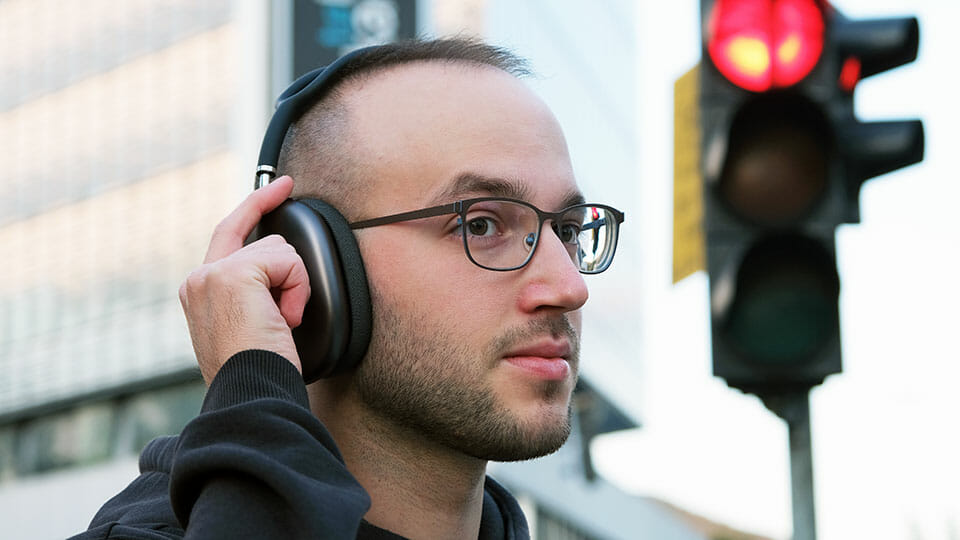
The perception of high-priced headphones has changed. In the past, only hardcore audiophiles and professionals justified paying 100s of dollars for a pair of headphones.
Today, paying $500 for a pair of consumer headphones like the AirPods Max is not uncommon.
And you can pay over $100,000 for the most expensive headphones. They’re a proper status symbol.
Times have changed.
The trend began with Beats by Dre, one of the most popular headphone brands today. All of the Beats models were in the higher price bracket. As a result, they established the image of quality headphones that cool people buy.
Were the first $299 Beats Studio headphones better than similar Sennheiser headphones under $150? Hardly. But the perception existed.
Today, the differences are even bigger.
You can pay $400 or $500 for consumer headphones that are technically similar to headphones for $100. You’re paying for the brand and the privilege of wearing a fancy piece of technology.
Premium manufacturer pricing strategy
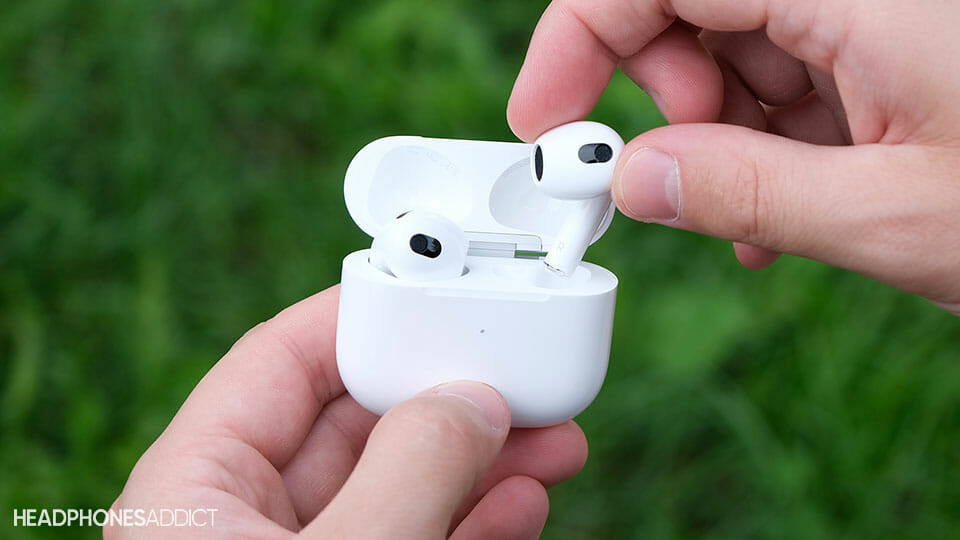
Premium brands price their headphones differently. They want their pricing to reflect the brand image and market to “successful” and “cool” people who have money.
The most significant example of this is Apple. Regular AirPods are a rather average pair of true wireless earbuds, but they’re selling well north of $150.
And they’re the best-selling headphones in the world, with Apple confidently being the #1 headphone brand considering the number of units sold.
Because headphones have become a status symbol, manufacturers are capitalizing on it and charging us more.
What are the margins in selling headphones?
Margins in selling headphones are arguably low, between 0 to 50%, with the average around 15%.
How can margins be 0%?
Some popular headphones are highly demanded, and when retail companies compete, they lower prices. Some companies decrease it to the point of 0% margins.
The higher volume models have better margins thanks to production scale.
Generic, “no name” headphones from China also have better margins that can surpass 100% and be even as high as 300%, especially if rebranded.
Headphone Manufacturing and Distribution Costs

The costs of production have a considerable impact on the end price the consumer pays.
Premium headphones use higher-quality materials like metals, velour earpads, and genuine leather. Cheaper headphones use low-cost plastics and artificial leather.
Companies use sophisticated production capabilities, which are more expensive.
But you can still find quality headphones for a low price.
Trade policies and tariffs
The headphones market is a global marketplace and is susceptible to international politics. Since most headphones are manufactured in Asia, trade agreements between countries dramatically impact the final price.
Some countries require you to pay tariffs on imports from certain countries. The United States applied tariffs on Chinese imports in 2018.
When a company needs to pay import duty, it increases their costs which get transferred to the consumer.
Headphone Features and Add-ons
Today’s headphones have many more features than 10 years ago.
Most of the new technology comes with better chips. It takes money and know-how to develop and integrate new features into the end product.
Some of the headphone features that used to be more expensive but are pretty common today:
- Active noise cancellation (ANC): This ability removes background noise with a press of a button. Thankfully, many affordable 3rd party headphone chips already come with ANC by default.
- Water protection: Building earbuds to withstand water takes a different approach. Adjusting the materials and controlling for build quality increases prices. Most manufacturers have adapted to the trend, and many true wireless earbuds today have an IP rating that tells the level of protection.
- A companion app: A smartphone app with equalization (EQ), adjustable controls, ANC settings, and sound presets was a premium feature not long ago. Today it’s almost a must-have for quality headphones.
- Hear-through mode: This feature allows you to hear your surroundings without taking off your headphones. It used to be a premium headphone feature but is more common today.
Development and license fees
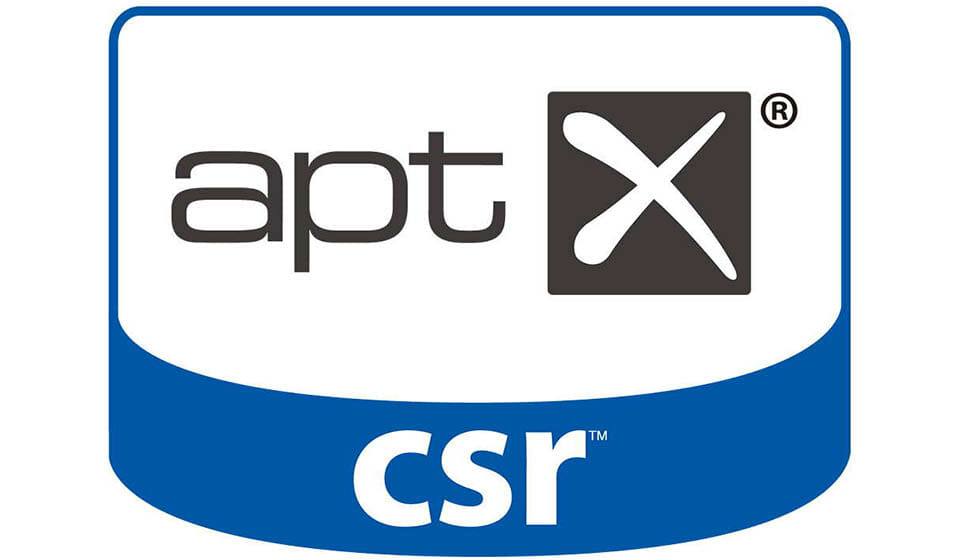
The development of new technology and paying for licenses costs money. Many of the best Bluetooth codecs aren’t free. For example, a company has to pay a license fee to integrate the aptX codec into its headset.
Consequently, headphones that support aptX and other paid codecs cost more money. The per-unit fee is negligible, but it adds up.
Manufacturers also need to pay fees for other patented and proprietary technology like wireless connectivity, unique driver designs, virtual surround sound, special noise cancelling, and waterproofing. Sometimes, companies pay a licensing fee to use a brand or logo.
The Rise of The Headphone Market
The headphone market has been steadily growing at 7.9% per year. It’s estimated to grow to over $35 billion by 2028 from today’s 20s billion revenue levels.
In economics, more demand translates into higher prices. And while production has increased, the prices have increased too.
New premium market segments have emerged for people willing to spend $400 or $500 for a pair of consumer headphones.
People use headphones almost daily. Young people use them when commuting to school, college, or work.
A gaming headset is a must-have for any casual gamer enjoying video games.
A pair of quality headphones is one of the best ways to watch streamed movies and TV series at home.
More and more jobs require employees to wear wireless headsets to talk with customers or organize work internally.
The truth is, owning headphones is as common as owning a smartphone. And all that demand is putting pressure on the prices.
Inflation and headphone prices
The first Sony MDR-1000X premium over-ear headphones cost $400 in 2016.
In today’s dollars (February 2023), that’s equal to $494.65.
The latest Sony 1000XM5 also cost $400 MSRP, and you can get them around $350 in a deal.
The AirPods Max also cost $400 MSRP, and you can often find them for $350. But their release price was $549, which is more than the Sonys.
As you can see, the prices are the same in nominal terms, but the actual inflation-adjusted prices are lower.
Nonetheless, we’re likely to see a steady increase in the average price of headphones due to inflation. Since 1960 the average was 3.8% per year.
FAQs
How much is too much for headphones?
Everybody decides how much is too much to pay for headphones. According to sales numbers, most people buy budget headphones in the $50 – $100 price range. You can get premium consumer headphones for $300 – $500. And for audiophile headphones, you can easily pay $1000+.
Conclusion
We have explored the reasons that contribute to higher headphone prices. The growth trend of the average headphone price will likely continue.
But at the same time, “premium” features today are becoming more affordable, and we can already see them in the following:
- Best wireless earbuds under $100
- Best headphones under $100
- Best earbuds under $100
- ANC headphones under $100
What price are you willing to pay for headphones? Comment below.

Matija Ferjan is a seasoned audio enthusiast reviewing headphones since 2015. He has personally tested hundreds of headphones and earbuds. He’s an active member of the Headphone Audio community and a true nitpicker, always looking for the “best-value-for-money” headphones.

